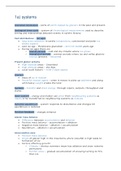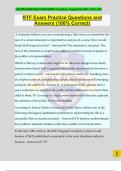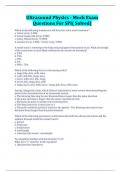Resumen
OCR alevel glaciated landscapes full module summary notes
- Grado
- Institución
This document contains all the information and more than you need to get As in your exams. Inside has relevant and up to date facts and figures from the textbook and secondary research. You only need to remember a few facts for the top marks. Use these notes alongside your lessons or use them as a ...
[Mostrar más]





